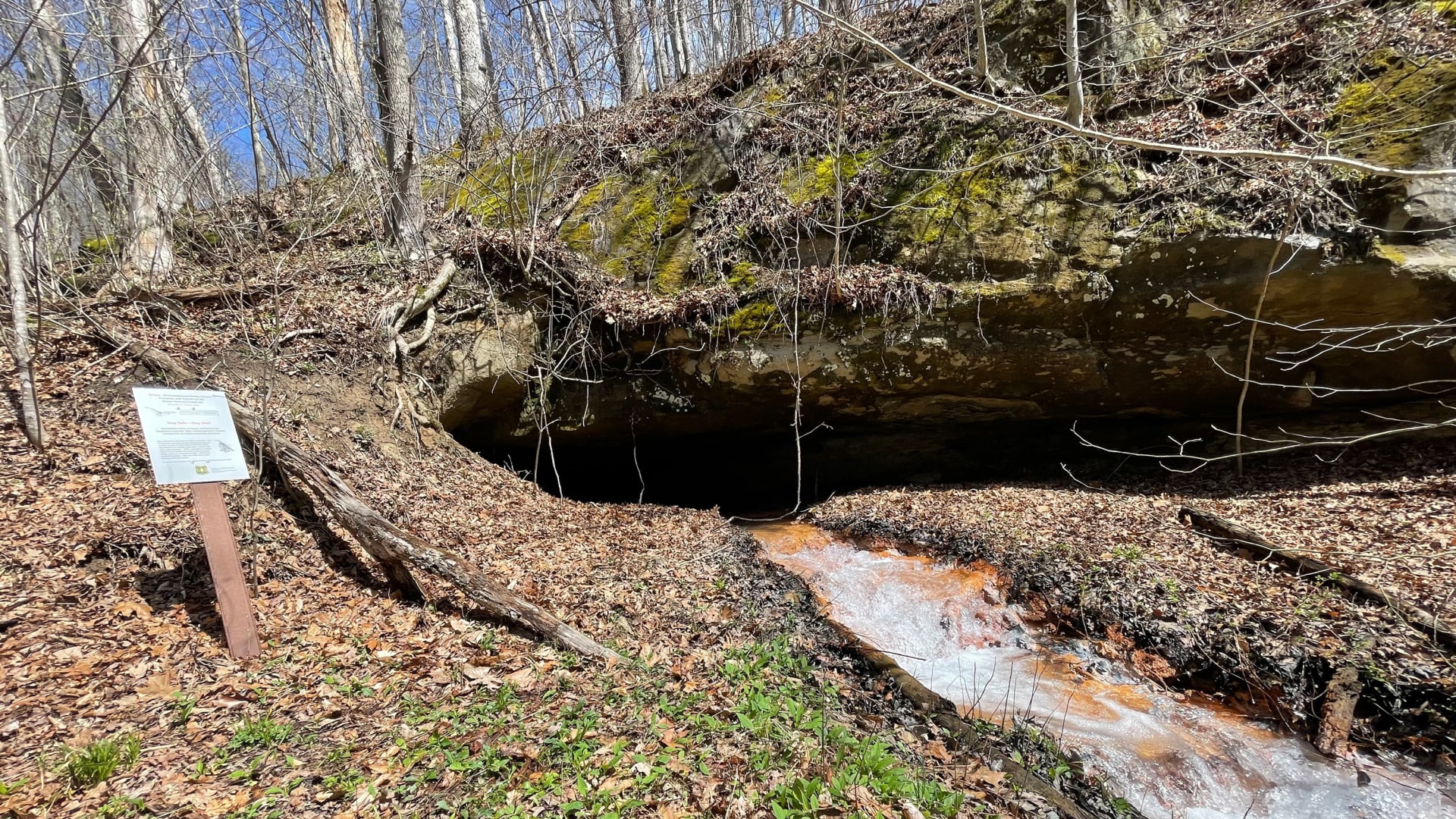The Biden Administration recently announced nearly half a billion dollars from both the Inflation Reduction and Infrastructure laws would go toward clean energy projects at former coal mines. Some will be solar farms at the sites, but there is a lesser known opportunity inside the mines: Geothermal energy.
Abandoned coal mines generally fill with water when the mining has ceased. That water contains heat from far below the earth’s surface. People can drill bore holes to bring that heat to the surface, then pass it through heat exchanges and heat pumps in buildings and in homes.
The first neighborhood mine-water heating scheme in Great Britain just went into full operation at the end of March and will eventually serve over 1,200 homes.
“Each minable scheme poses its different challenges, and there will be expenses involved with drilling bore holes or laying district heat network pipes in the ground,” explained Gareth Farr, head of heat and by-product innovation at the Coal Authority in Mansfield, England. “But hopefully most of these schemes, if not all of them, will be able to operate at a similar or better cost to the traditional fossil-fuel heating schemes we have at the moment.”
Geothermal energy is not new, but taking it from abandoned coal mines is not yet common, especially in the United States.
Professor and director of the Environmental Studies Program at Ohio University, Natalie Kruse-Daniels, and her students are studying abandoned mines in Appalachian Ohio to see which ones are close enough to towns to be used for home heating.
“It’s this untapped energy source that could reduce bills, that could make energy more efficient, that could reduce some reliance on fossil fuels,” said Daniels, who has been fascinated with coal mines since childhood.
Geothermal energy from coal mines can be used not only to heat homes and buildings, but also to cool them. That opens up many more opportunities, especially for data centers. They are some of the worst carbon offenders, using vast amounts of energy and requiring thousands of gallons of water to cool themselves. Now, researchers in Scotland are studying how hot air from data centers can be pumped into coal mines and then recovered from the water to heat other buildings.
“We can store heat in mines, and we do hope that actually this could become part of vital heat storage. Storage is key, of course, for a lot of renewable energies,” explained Farr.
Coal fields run under at least 20 states in the U.S.
In Ohio there are more than 4,000 abandoned mines, a wealth of opportunity for geothermal energy. In 2007, the U.S. Department of Energy reported that the amount of water currently being discharged from underground coal mines in just the Pittsburgh coal seam could potentially be used to heat and cool roughly 20,000 homes.
So why isn’t it happening? Kruse-Daniels said that while it is a relatively inexpensive form of clean energy, the location and legacy may be liabilities.
“I think some of it’s out of sight, out of mind, right? When we look at investment in new technology and investment in clean energy in Appalachia, it’s limited,” said Kruse-Daniels.
Coal is controversial, so investors don’t target the coal regions, which, she says, is a mistake.
”In a less predictable climate and in a warmer world, this opens up an opportunity for turning this legacy, this liability, into a resource,” she added.
CNBC producer Erica Posse contributed to this piece.
